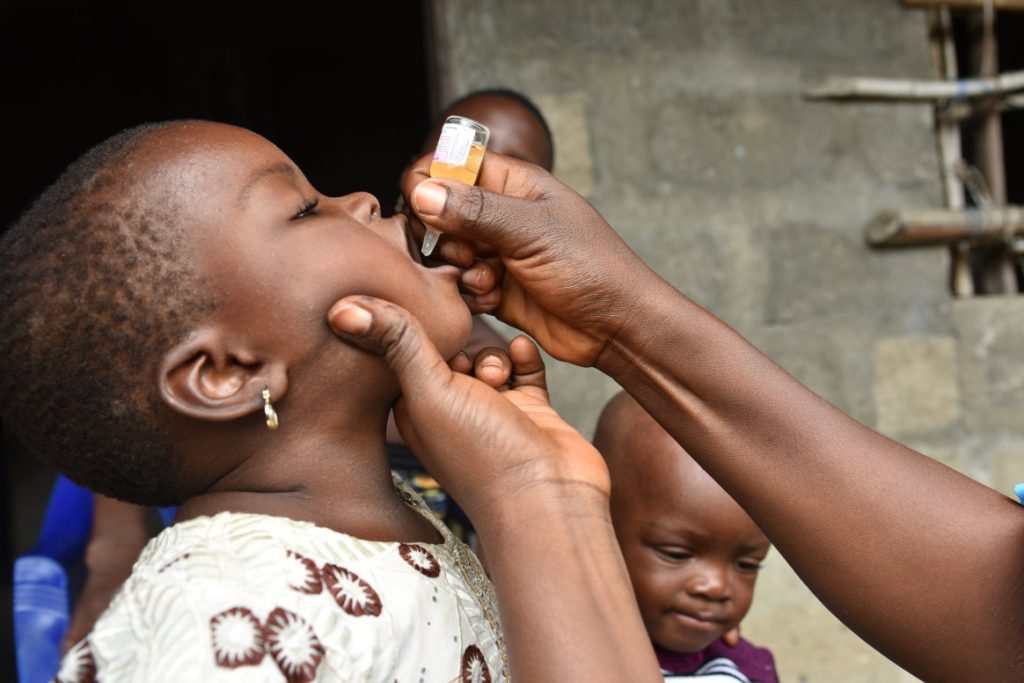In 1988, poliovirus was present in 125 countries, paralysing an estimated 1,000 children per day.The Global Polio Eradication Initiative (GPEI) launched that year with the goal of eradicating polio worldwide.
Polio is a life-threatening disease caused by the poliovirus. The WHO European Region was declared polio-free in 2002 and has sustained this status every year since then.
Over the past 35 years, GPEI has made remarkable progress towards achieving the goal of a polio-free world. Cases of wild poliovirus have decreased by more than 99 percent, from 350,000 cases per year to fewer than 10 annual cases of wild polio. The disease remains consistently present in just two countries, Afghanistan and Pakistan, with the virus contained in just a few districts and provinces.
But challenges remain. As long as wild poliovirus continues to circulate in Afghanistan and Pakistan, all countries are at risk of wild poliovirus being imported. Outbreaks of poliovirus variants, which emerge when not enough children are vaccinated, present an additional and pressing challenge in multiple countries.
Diseases do not stop at borders, and as long as polio exists somewhere in the world, we have to continue vaccinating everywhere.
The African region was declared free of wild poliovirus (WPV) in August 2020. This incredible achievement was the result of decades of work by a coalition of international health bodies, national and local governments, civil society, and community volunteers.
However, despite the wild poliovirus-free status in Nigeria, children still remain at risk from circulating vaccine-derived poliovirus (cVDPV) due to low immunization rates in some communities, exacerbated by COVID-19, which disrupted routing immunisation.
Challenges
In conflict-affected areas, such as parts of Afghanistan and Pakistan, ongoing violence and insecurity have hindered vaccination efforts. Vaccination teams often face threats to their safety, and this can impede the delivery of vaccines to children.
Vaccine hesitancy, driven by misinformation and mistrust of vaccines, remains a significant challenge in some regions. It is crucial to address these concerns and build trust in vaccines to ensure that all children are immunized.
On this year’s occasion of World Polio Day, it is important to commend all governments and their dedicated health and social workers for their relentless efforts to leave no child behind in providing life-saving polio vaccines. Polio exists somewhere in the world; we have to continue vaccinating everywhere.
To ensure a polio-free future for everyone, efforts must continue to maintain high immunization coverage, implement high-quality surveillance to detect any presence of the virus, and prepare to respond in the event of an outbreak.
To end polio, national health organizations worldwide must increase vaccination levels in all places, focusing on where the virus is most likely to spread. Immunising every child will stop transmission and ultimately make the world polio-free.
Eradication efforts have to be sustained until a worldwide target is achieved.
World Polio Day reminds us that we must “leave no one behind” and is a poignant reminder that, leveraging on the power of collaboration, a polio-free world remains within our reach.
By Fattyma Ibrahim
